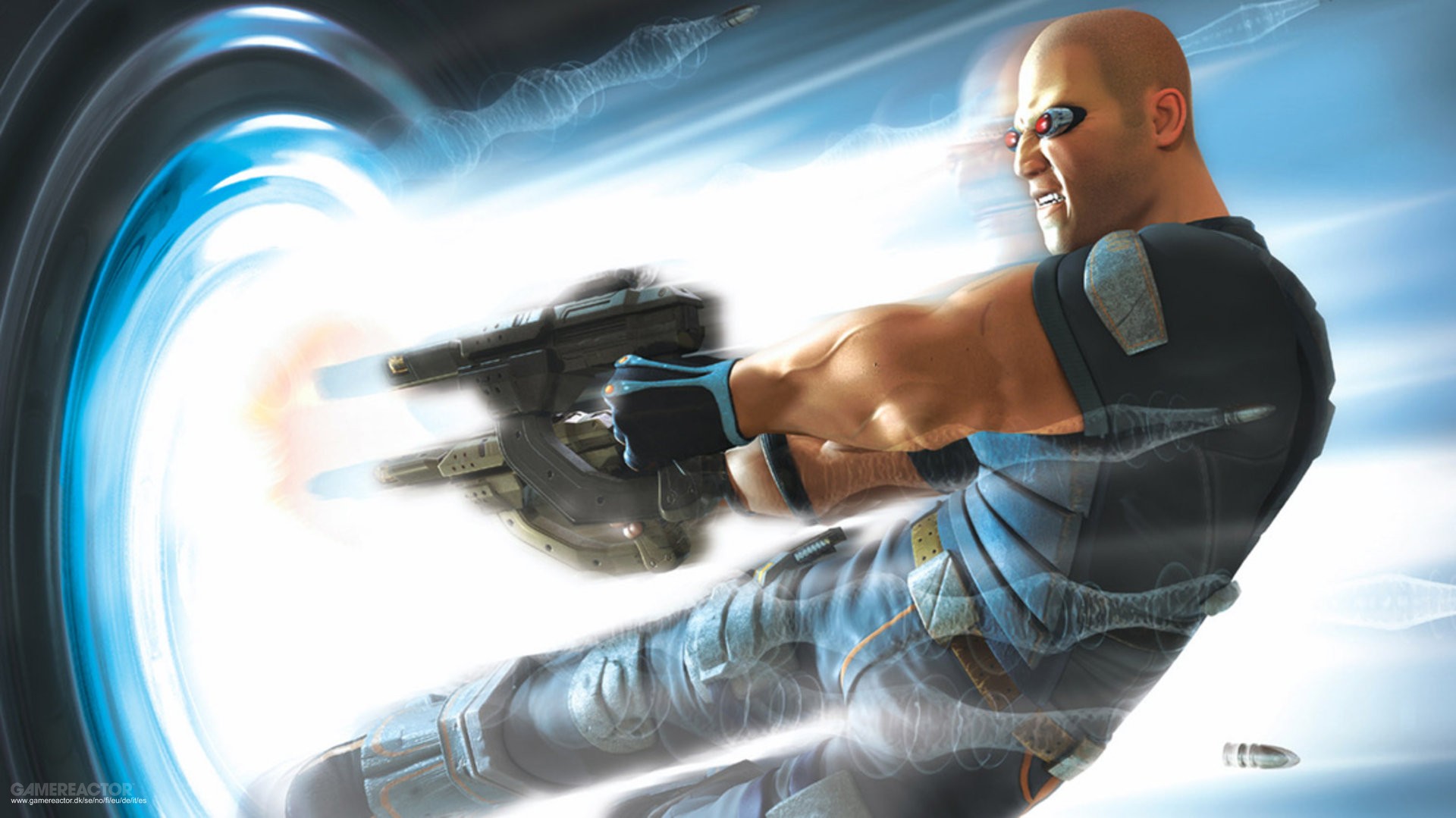The Voot series retells a story that Bhatt has regurgitated for 40 years, about his mother, abandoned wife and the long-suffering girlfriend

Ranjish Hi Sahi is set in Bollywood of the Seventies and follows the life and angst of Shankar (Tahir Raj Bhasin), a writer-director who has made only flops but believes that he has it in him to make a meaningful hit film. His Ammi (Zareena Wahab), wife Anju (Amrita Puri) and brother Ganesh also believe in him and don’t pester him much even when there’s no money to buy food or pay his daughter’s school fee. No questions are asked about why Shankar has been spending time at Pune’s Ajnadham Ashram, but his disillusionment with the ashram’s resident guru, who has taken to calling himself Bhagwan, is framed like a significant personal milestone. And when he roams the streets of Mumbai drunk, pausing to stare at Amna Parvez (Amala Paul), Bollywood’s reigning diva and star who smiles down from hand-painted hoardings at a street corner, it’s not lust, but some cosmic design. We meet Amna on a film set. The shot is ready, Amitji and the director are waiting, but Amna huffs and puffs and leaves without an explanation. It seems that the magazine she was flipping through has claimed that the man she loves, Zubair, is having an affair with another actress. Zubair is bearded, burly and creepy. He could be Kabir Bedi, or Bedi with a dash of Danny Denzongpa, the two men Parveen Babi dated before Bhatt.Ranjish Hi Sahi earnestly treats us to the hypocrisy and malice of Bollywood producers, actors and people in general as it charts the life of Shankar, a `bastard’ who grew up in a chawl in Matunga (we know from Wikipedia that Bhatt went to Don Bosco School in Matunga) and become a celebrated Bollywood director with a bungalow in Juhu. En route was the gorgeous, irresistible whirlpool, Amna Parvez, that sucked him in. The series spends some time in the Fifties and the present but lives mostly in the Seventies when pants, collars and sideburns flared out, film magazines carried titillating gossip, stars lolled by the poolside at Sea Rock Hotel, and Bappi Da made melodies.It was also a time when producers held preview shows for their favorite deity and Amna Parvez’s film, Ajay Anwar Albert, was a hit.This setting of the crazy Seventies, when every man smoked, and all girls had bangs, could have been fun. But Shankar’s hairy wig and joyless presence cast a long, dreary shadow on everything. Every scene and character in the series exists only for the express purpose of either being responsible for Shankar’s failure or to shower compliments on him. Especially Amna. Amna Parvez is not written as a human character but as a plot device. Her illness provides the thrill of unpredictability, the possibility of upheaval and violence in Shankar’s life.Framed by insecurities, an uncaring mother, an exploitative industry, a perennially petrified secretary in long frocks, Amna Parvez exists only to first fall madly, obsessively in love with Shankar, and before she is reduced to a quaking, pulverized mess, to tell Shankar, “Tum ek badtameez aadmi ho jo kamal karega ek din.“Though a pinch of humanity is reserved for Shankar’s Ammi, his wife and daughter, whom he forsakes as he goes chasing after Amna in search of a story and a hit film, Shankar’s own conceits and deceits are never called into question. As if his suffering imparted to him an eternal, divine pass to be a jerk.In real life, Bhatt has called himself a ‘bastard’, and in the series, his doppelgänger Shankar too calls himself a `bastard’ but slaps a man for referring to a woman as ‘rakhel‘ (a kept woman).

So lacking is Ranjish Hi Sahi in any sense of irony that it doesn’t pause to consider the label Shankar may be attaching to his mother when he screams, “I am a bastard”. The series is packed with cliches, and throughout its eight episodes, it maintains a steadfast, special relationship with banality, regularly dishing out drivel while striking pretentious postures. The first couple of episodes are terribly tedious as the same scenes get repeated over and over as if we are all afflicted with some attention deficit disorder.Now that I have watched it, is there any reason you should? The only reason could be to see how narcissistic Mahesh Bhatt can be and how a fine performance can inject some humaneness into a masturbatory project. The gorgeous Amala Paul, along with Zarina Wahab, Saurabh Sachdeva and Amrita Puri, have done their best to make an overwhelmingly dull series somewhat watchable.Amala Paul has had to inhabit a character that’s like an exhibit of what paranoid schizophrenia is. The scenes created for her are trite and filmy, and in all of them, she is either weeping, is being desperately clingy, crazy, insecure, or hurtling scarily towards self-harm. But Paul, who has an uncanny resemblance to Deepika Padukone, is a very intelligent and skilled actress. She controls the mood whenever she is on screen, often by going from normal to fever pitch in seconds with ease and grace. Paul crafts the character of Amna Parvez with measured nuance and dignity, restoring some honor to the life and memory of Parveen Babi that Mahesh Bhatt has been stripping away for years.
Note: This article have been indexed to our site. We do not claim legitimacy, ownership or copyright of any of the content above. To see the article at original source Click Here













